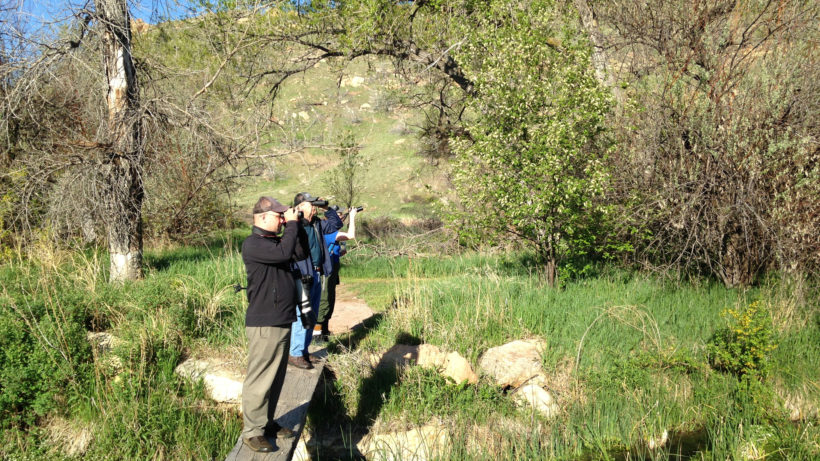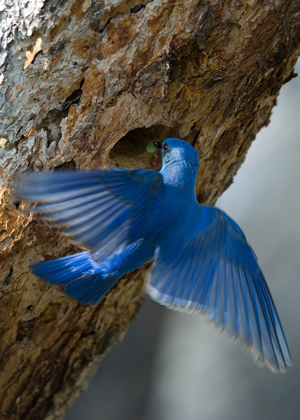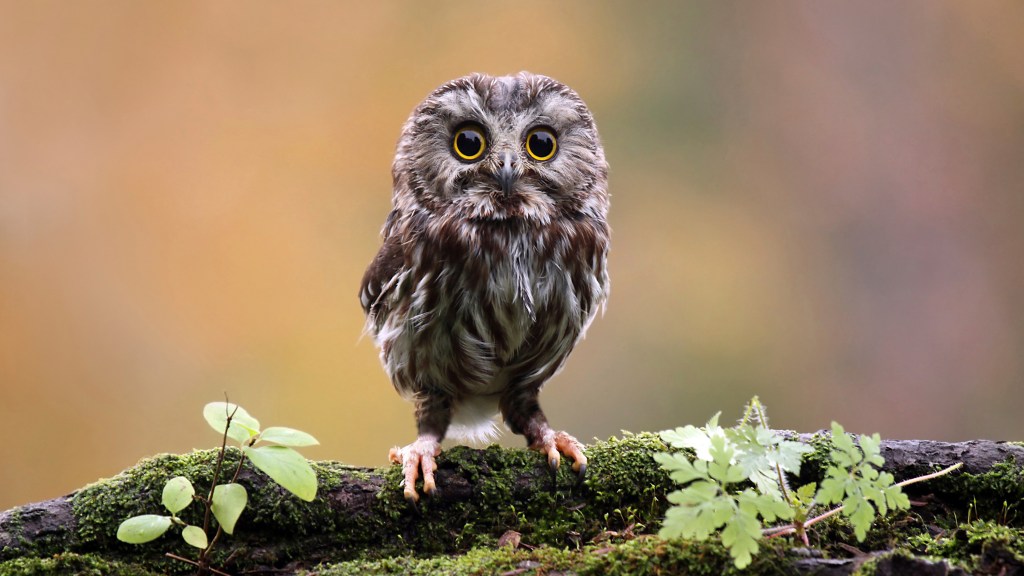At 12:01 am on May 12, 2017 our race to see as many species as possible in 24 hours on lands and waters owned by The Nature Conservancy began. Common Poorwill and Northern Saw-whet Owl were first on our list at the Whitney Preserve in the Black Hills of South Dakota. After a 5-hour nap, we hit the field for a fun day of birding. Birders know there is something magical about the early twilight hours of the morning when all the birds begin the dawn chorus. We added species to our list rapidly and had 57 species by late morning, including Cassin’s Finch and Mountain Bluebird.
We were participating in the Conservancy’s first organization-wide Bird Blitz. We had teams identifying and counting birds across many of the lands protected by our program in Minnesota, North Dakota and South Dakota. It was an exciting day as tallies came in from across the three states: Black-crowned Night Heron and lots of warblers in Minnesota; Peregrine Falcon and lots of shorebirds in North Dakota; and Burrowing Owl and Black-billed Magpie in South Dakota.
Birders often refer to these types of events as Big Days, and it was a pretty big day. We had over 50 staff and volunteers participate, and we tallied 220 species across all three states, over half of all species possible for the region. The diversity of birds we identified, from warblers to shorebirds to Chestnut-collared Longspurs, speaks to the broad diversity of habitat types that the Conservancy has worked to protect. Shorebirds and waterfowl need wetlands, warblers need forests, and longspurs and meadowlarks need grasslands. Furthermore, these habitats help maintain populations for numerous pollinator and other animal species in addition to the carbon storage and water quality benefits they provide.

To bring out the competitive spirit, Conservancy programs scrambled to see who could see the greatest number of species on their chapter’s lands and waters. Twenty programs participated, and across all programs we recorded 459 species, almost half of the species on the American Birding Association’s checklist. Pretty incredible given we were only counting birds on lands and waters protected by the Conservancy in less than half of the U.S. states (22). Of course we Tweeted about our day as results rolled in; you can follow along for this year’s results with the #BirdBlitz2018 hashtag on Twitter for pictures and posts as chapters report their finds.

This year’s challenge runs through May 20.
Last year our chapter came in second and conceded defeat to Texas with 275 species for the greatest number of species observed. It is impossible for Minnesota and the Dakotas to compete with Texas’ large size and habitat diversity.
To level the playing field, the programs were also ranked by the percent of possible species observed. In this category, we beat Texas by 5%, but Kansas squeaked into first place beating us by 0.3% or essentially 2 species. Second place in total species AND percent possible is a good showing, but don’t worry Kansas we are coming for you this year!




Sioux Prsirie, May 17, 2019. Birds seen: robin, 1; chipping sparrow, 3; W. Measowlark 2; mourning dove, 2; dickcissel, 2; red-winged blackbird, 2; bobolink, 2; mourning dove, 2. We ha strong wind and light rain.
Aurora Prairie, May 17, 2019. Birds seen: blue-winged teal, 2; mallard, 3; ring-necked phjeasant,2; mouring dove, 2; sora rail,2; killdeer,1; barn swallow, 1; bobolink, 9; W. meadowlark, 2; red-winged blackbird, 13; brown-headed cowbird, 3; common yellowthroat, 2; dickcissel,, 3.
Magic in the early morning !
Look out, TNC birders! Here comes Minnesota! And North Dakota! And South Dakota!
Minnesota and Dakota, Kansas might be worried that you are coming after them, and you should be worried that Colorado is coming after you! Have fun #BirdBlitzing!